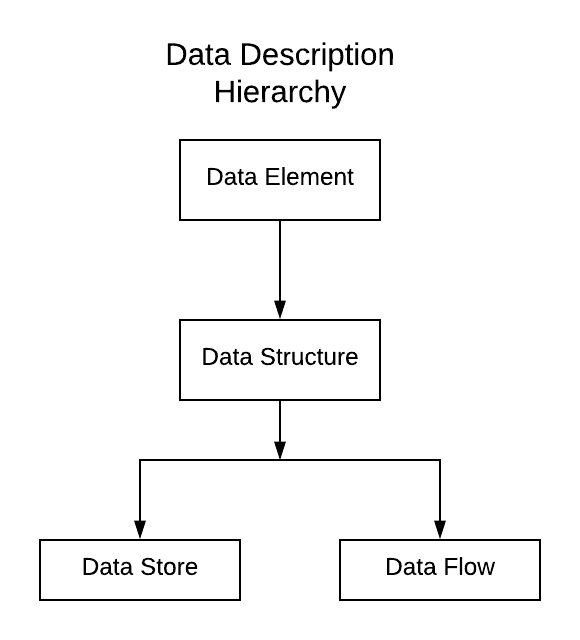What is Data Dictionary? Advantages, Disadvantages, Components

Data Dictionary: Data Dictionary is a structured repository of data about data. It contains descriptions and definitions related to data elements, data structure, their interrelationships & other characteristics of a system. It helps to achieve the following objectives
- A standard definition of all terms in a system.
- Easy cross-referencing between subsystems, programs & modules.
Components of Data Dictionary
There are basically three components of data dictionary:
- Data Element
- Data Structure
- Data Flows & Data Store
1. Data Element
Data element is the smallest unit of data that has some meaning. It cannot be decomposed further.
For example
Employee number, age of employee, quantity ordered etc.
2. Data Structure
Data structure is a group of data elements that describe a unit in the system.
For example
BOOK DETAILS consisting of the data elements author name, title, ISBN, price, publisher’s name & address.
3. Data Flows and Data Stores
Data Flows are data structures in motion where as data stores are data structures at rest. Data stores may be files, database etc.

Data Flow Description
The data flow contains the following information
- ID, an optional identification number
- A unique name
- The source of the data flow
- The destination of the data flow etc
Description of Data Structure
Data structures are usually described using algebraic notation.
The algebraic notation uses the following symbols.
= Equivalent to
+ AND
[] Either/or
() Optional entry
{} Repetitive entry/ iteration of
Eg.
Customer Name= First Name+(middle name)+Last Name
Telephone= Area Code +Local Number
Data Elements Description
Each data element should be defined once in the data dictionary. The information commonly included about data element are:
- Element ID
- The name of the element
- A short description of the element
- Length of the element
- Validation criteria for ensuring that accurate data are captured by the system
- Any default value the element may have
Data Stores Description
All base elements must be stored within the system. The information included to describe the data store are;
- Data stores ID
- Data store Name, which is descriptive & unique
- A short description
- The file type either manual or computerized etc
Advantages of Data Dictionary
- It is a valuable reference for designing the system
- It facilitated analysis in determining additions & modifications in the system
- It is used to locate errors in the system descriptions
- It helps the analyst to record the details of each element and data structure
- It helps in communicating meanings of different elements, terms & procedures.
Disadvantages of Data Dictionary
- It is very tedious & time-consuming job.
- It does not provide functional details.
- It is not acceptable to many nontechnical users.
Hope you liked this Article. Keep Visiting Mentor Way for more Articles like this.



